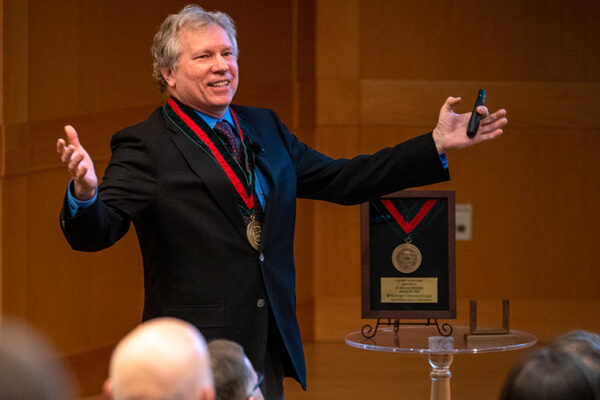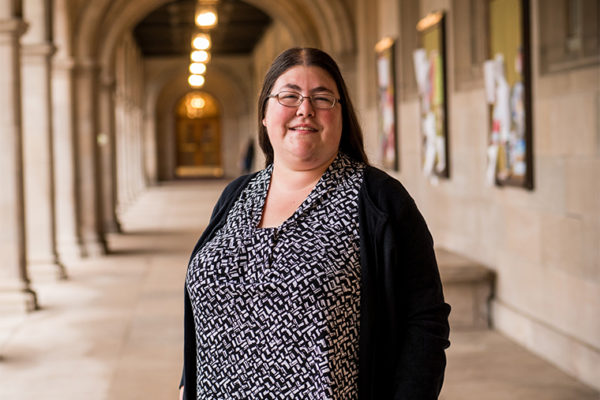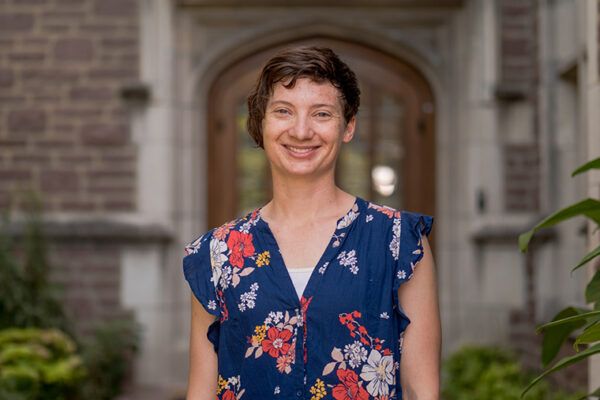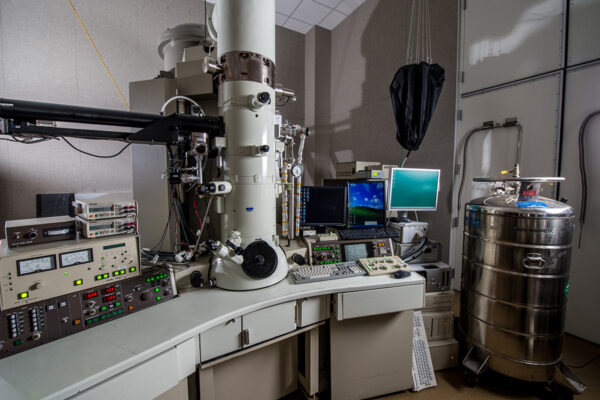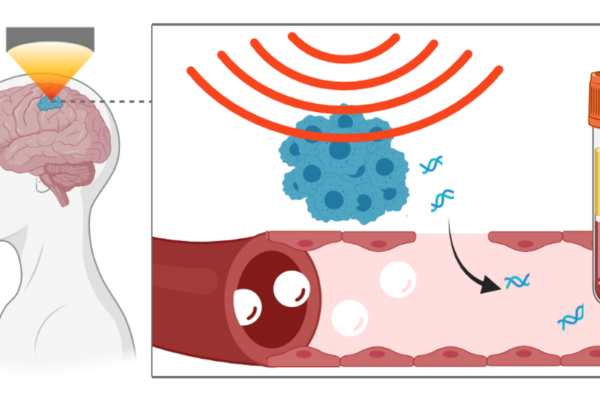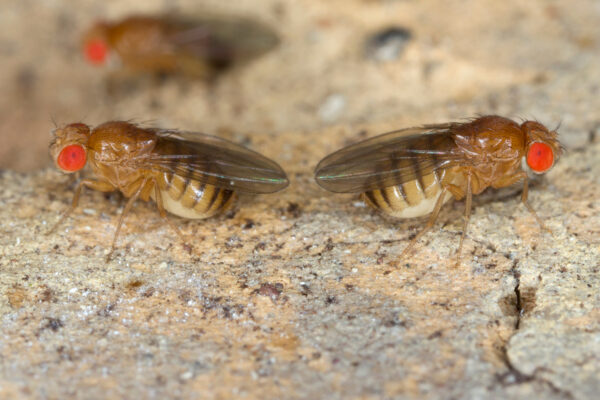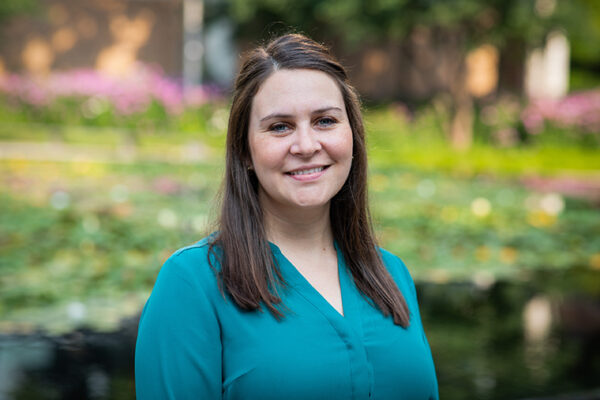Turner named inaugural James McKelvey Professor of Engineering Education
Jay Turner, an internationally renowned environmental researcher, has been named the inaugural James McKelvey Professor of Engineering Education in the McKelvey School of Engineering.
Jackrel awarded grant to study proteins linked to ALS
Funding from the National Institutes of Health (NIH) will help Meredith Jackrel, an assistant professor of chemistry in Arts & Sciences, and her team study Matrin-3, a poorly understood protein linked to several neurodegenerative disorders.
Foston, Kamilov win energy grant to upcycle plastic waste
Marcus Foston and his co-investigator, Ulugbek Kamilov, both faculty members at the McKelvey School of Engineering, received a $577,780 grant from the U.S. Department of Energy to study ways to “upcycle” plastic waste.
Penczykowski wins NSF CAREER award
Rachel Penczykowski, an assistant professor of biology in Arts & Sciences, won a prestigious National Science Foundation grant for early-career faculty who excel at mentorship and research. The award will fund a project investigating infestations of a common plant pathogen in the St. Louis area.
Commonly used police diversity training unlikely to change officers’ behavior, study finds
New research from Calvin Lai, in Arts & Sciences, suggests that the daylong implicit bias-oriented training programs now common in most U.S. police departments are unlikely to reduce racial inequity in policing.
Foston, Zhang to use mussel feet as inspiration for underwater adhesives
Marcus Foston, an associate professor at the McKelvey School of Engineering, is one of 20 awardees selected by the Environmental Molecular Sciences Laboratory, a U.S. Department of Energy facility, for this year’s exploratory call.
Focused ultrasound technique leads to release of neurodegenerative disorders biomarkers
Research from the lab of Hong Chen, at the McKelvey School of Engineering and the School of Medicine, and collaborators found that using focused-ultrasound-mediated liquid biopsy in a mouse model released more tau proteins and another biomarker into the blood than without the intervention. This noninvasive method could facilitate diagnosis of neurodegenerative disorders.
When bugs swipe left
A study in iScience led by biologist Yehuda Ben-Shahar in Arts & Sciences identifies a link between the genetic instructions for the perception and production of pheromones.
O’Brien team wins NIH prize to further develop maternal health device
Christine O’Brien, at the McKelvey School of Engineering, and her team have received a $20,000 prize from the National Institutes of Health (NIH)’s Rapid Acceleration of Diagnostics Technology for Maternal Health Challenge.
Rudra to develop materials to improve vaccines
Jai Rudra, at the McKelvey School of Engineering, won a four-year $2 million grant from the National Institutes of Health (NIH) to support his lab’s research on adjuvants, materials that help make vaccines work better and last longer.
Older Stories
